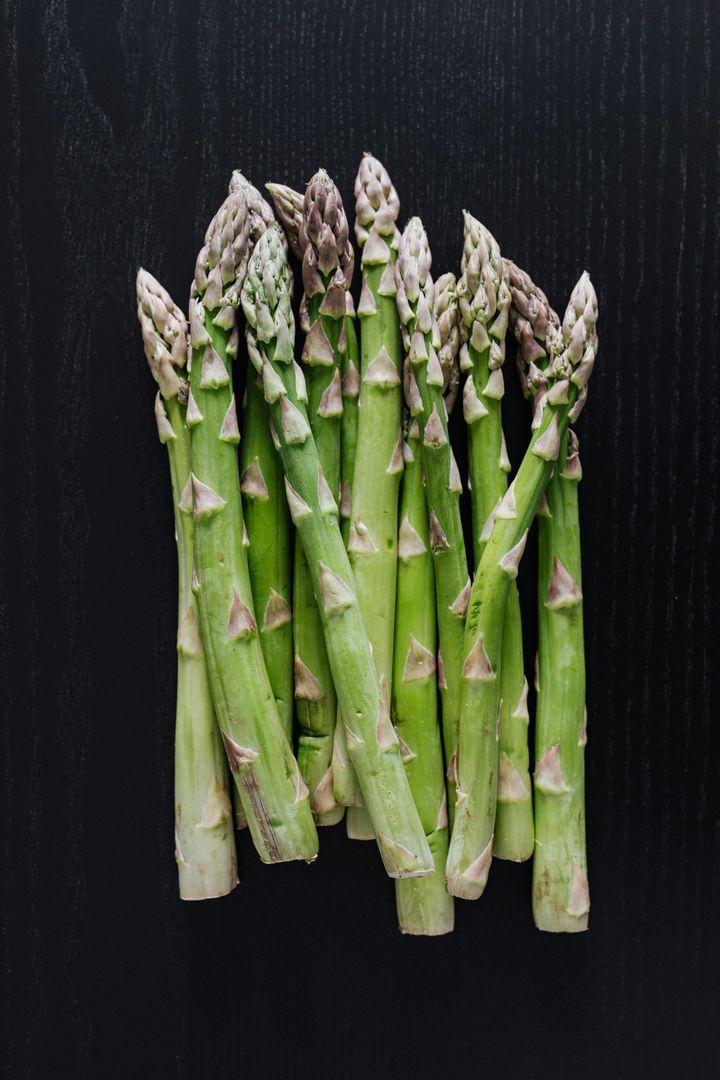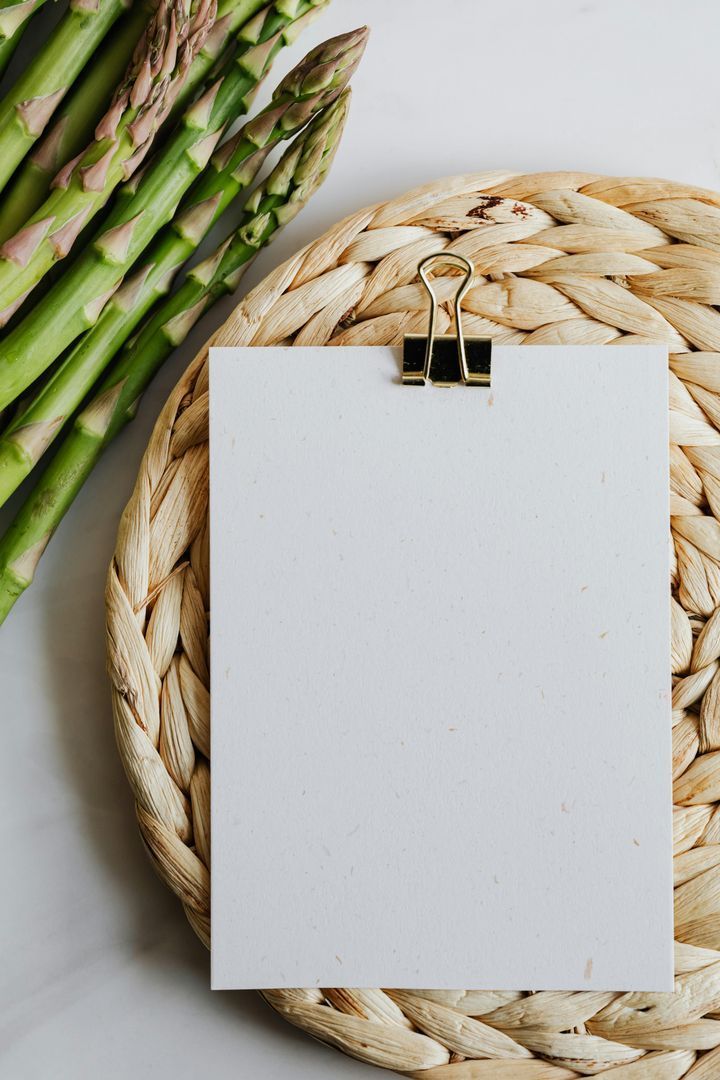Asparagus: a green jewel that grows slowly and proudly

Have you ever thought that growing asparagus is a bit like raising turtles? They take years to show their true worth. Yet, when they do... theyre worth the wait.
Asparagus—or rather, its young shoot, the spear —is one of the most fascinating and underrated vegetables in the garden. Elegant, discreet, seasonal to the core. And even a little aristocratic, considering the price per kilo. But behind those green or white bunches lies a story of patience, invisible labor, and long-term care .
🧭 The asparagus field: where it all begins
It all starts in a special place called the asparagus patch . Its not a made-up name, but the technical term for the space in the garden—or field—dedicated exclusively to growing asparagus. Unlike zucchini or tomatoes, which are planted in spring and harvested a few months later, asparagus is a perennial .
Once planted, it can live up to 20 years , but… theres a but: for the first 2-3 years, you dont harvest anything. You wait. You fertilize, you water, you watch it grow. And you wait some more.
This is one of the reasons why asparagus is so expensive: time . Not just the time it takes to grow it, but the time invested in years of waiting for the first harvest.
🧪 A little science: how it really works
The part we eat is the shoot, the underground shoot of the plant. As soon as it breaks through the ground, it must be harvested immediately, before it elongates and becomes woody. If you let it grow, it transforms into a tall, feathery stem, which helps the plant store energy in its underground rhizomes. This energy will be used the following year to generate new shoots. Its a virtuous, but delicate, cycle.
🏗️ Growing Asparagus: A Guide for Aspiring Patients

Want to create your own asparagus bed? Here are the basics:
- Soil : Light, sandy, well-drained. Asparagus dislikes stagnant moisture.
- Exposure : full sun.
- Planting : Plant the so-called paws , or already formed rhizomes, in spring. Dig furrows about 30 cm deep, at least 1 m apart.
- Waiting : No harvesting for the first two years. Let the plant grow stronger.
- Harvest : from the third year onwards, every spring, for about 6-8 weeks.
- Annual maintenance : pruning of dry stems in autumn, organic fertilization, weed control (without disturbing the roots too much).
And yes, the harvest is entirely manual . A job that requires delicacy and an eye: each shoot must be picked as soon as it sprouts, not too soon, not too late.
💸 Why does asparagus cost so much?
The price of asparagus isnt just a matter of fashion. Its the result of a combination of very specific factors :
- Slow growing : 2-3 years for first harvest.
- Short season : they are harvested for only a few weeks, from April to the end of May.
- High labor : daily harvest by hand, with precise cutting.
- Low yield per plant : each plant produces few shoots per year.
- Selected soils : they dont grow everywhere, and only in very specific conditions.
In other words, each bunch is like a limited edition of a rare wine: it costs so much because it is born from a long, artisanal process that respects the rhythms of nature.
🌍 Curiosity and variety
Did you know that in Italy we have famous varieties such as the Asparagus of Altedo PGI , the Asparagus of Cantello , and the purple asparagus of Albenga ? And that white asparagus is not a different variety, but simply grown in the dark , covered with soil to prevent photosynthesis?
Or that wild asparagus, much thinner and more aromatic, grows spontaneously along uncultivated paths and walls, especially in Southern Italy?
And again: in ancient Rome, asparagus was a delicious food, so much so that it was said:
“Celerius quam asparagi coquantur” – faster than asparagus cooks.
A way of saying something happens in a flash. Yes, because once picked… they really do cook in 3 minutes.
🍽️ And finally: how to best enjoy them?
Freshly picked, asparagus has a sweet, earthy aroma and a crunchy yet tender texture. Steam them or cook them in salted water for just a few minutes and season with a drizzle of oil, a soft-boiled egg, or grated Parmesan cheese.
Or try them raw, thinly sliced, in a salad with lemon and pecorino shavings. Asparagus is a master: it requires few ingredients and a lot of attention.

gourmet
Data di inserimento 13 mag 2025
Report article


Comments
There are no comments yet.